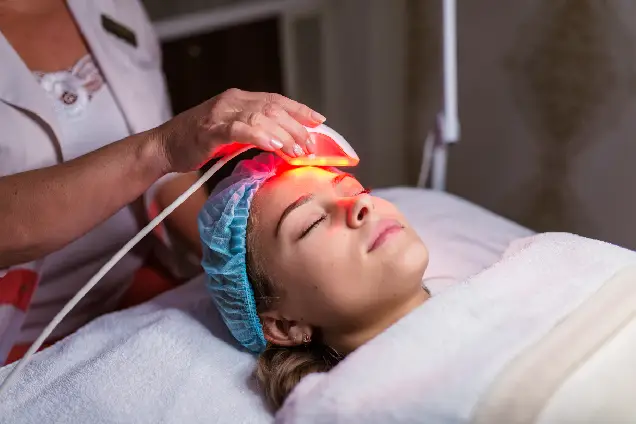
Light therapy, also known as phototherapy, is a popular non-invasive treatment for acne that uses specific wavelengths of light to reduce acne-causing bacteria, decrease inflammation, and improve skin texture. It’s particularly effective for inflammatory acne (papules, pustules) and can be used as a standalone treatment or in combination with other acne therapies. Here's a detailed look at light therapy for acne:
1. Blue Light Therapy
2. Red Light Therapy
3. Blue-Red Light Combination
4. Intense Pulsed Light (IPL)
5. Photodynamic Therapy (PDT)
Light therapy should be performed under the guidance of a dermatologist or licensed skincare professional to ensure safety and effectiveness. Regular sessions may be needed to maintain results, and it often works best when combined with a proper skincare regimen.